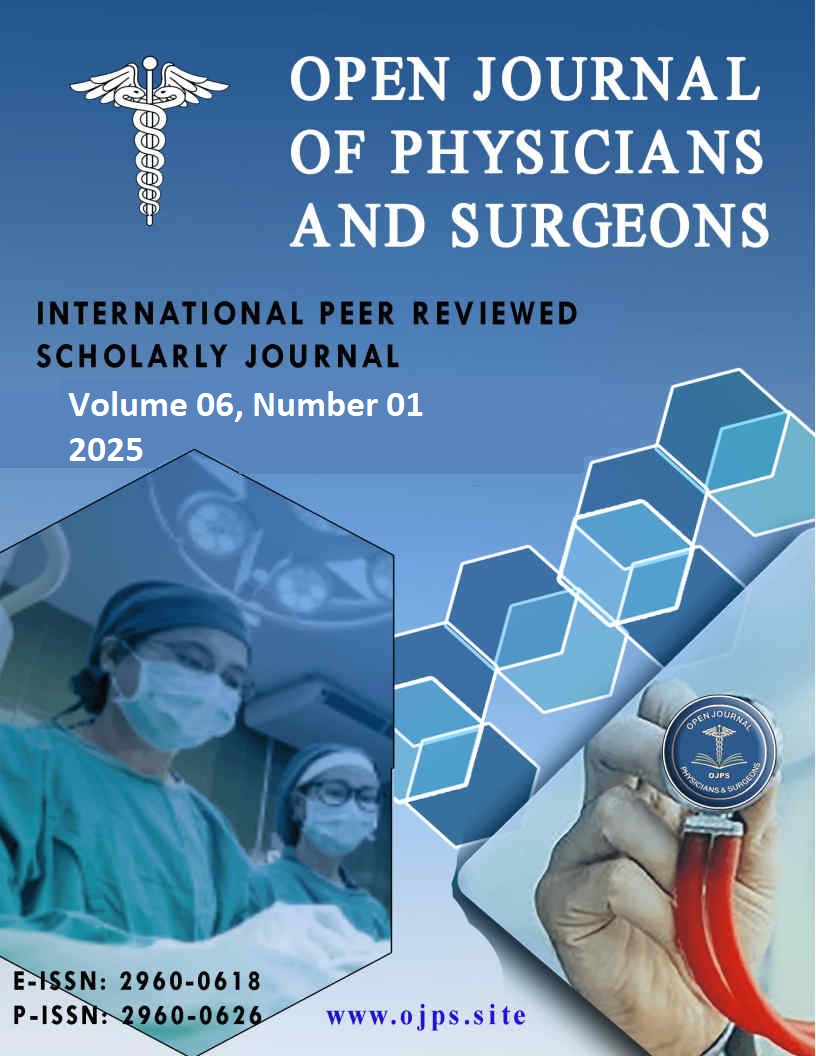Comparison Between Surgical Treatment (Fistulotomy) and Laser Treatment for Fistula in Ano among Iraqi Patients
Keywords:
Fistula-in-Ano, management, Fistulotomy, Laser treatment.Abstract
Anal fistula or in other term Fistula-in-Ano is a prevalent condition linked to significant discomfort and morbidity in affected persons. Fistulotomy is a highly trusted and advocated treatment option. Laser ablation of fistula has shown as a promising alternative of surgery as sphincter preserving method for treatment of anal fistula when suitable patients are carefully selected. The aim of this study is to compare two treatment approaches; Fistulotomy and Laser Treatment for Fistula in Ano among Iraqi Patients. We included 52 patients with proved diagnosed anal fistula and were equally assigned into two treatment groups. First group managed with traditional Fistulotomy and the second group with Laser ablation of fistula tract. Our findings revealed that both techniques were effective and safe. The postoperative pain score was significantly higher and the healing time was significantly longer in fistulotomy group the Laser group , (P<0.05). Postoperative complications reported in total of 5 patients in fistulotomy group and only one patient in laser group. The success rates were 92.3% with Fistulotomy 88.5% with laser treatment. After one year of follow up the recurrence rate was 11.5% and 19.2% in fistulotomy and Laser treatment groups, respectively. More than 80% of patients in each group were good satisfied with their outcomes. In conclusions, for uncomplicated cases, the success rates in both treatment approaches are high. On the other hand, laser ablation is equally effective and is well worth considering due to the lower levels of pain, incontinence and faster recovery. Unlike most if not all conventional surgical procedures, it is likely that laser technology will provide better results. Treatment effectiveness can be enhanced with increased patient’s satisfaction and operative precision by considering laser ablation at the appropriate stage.


